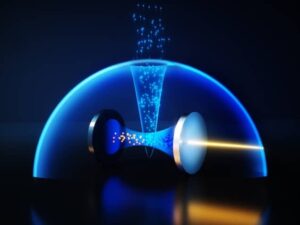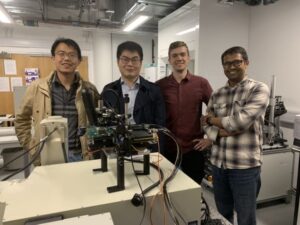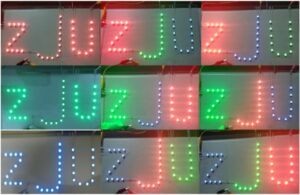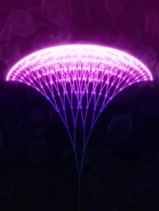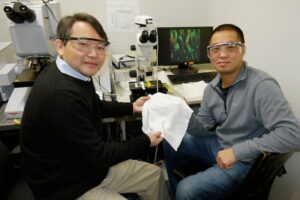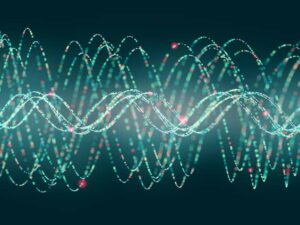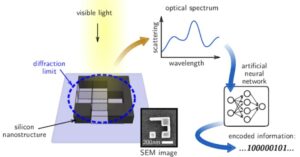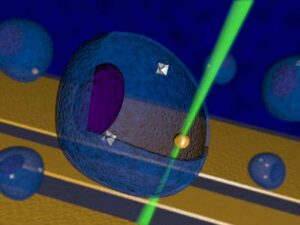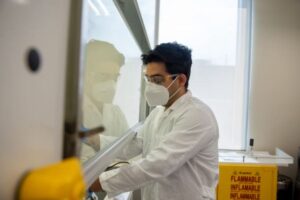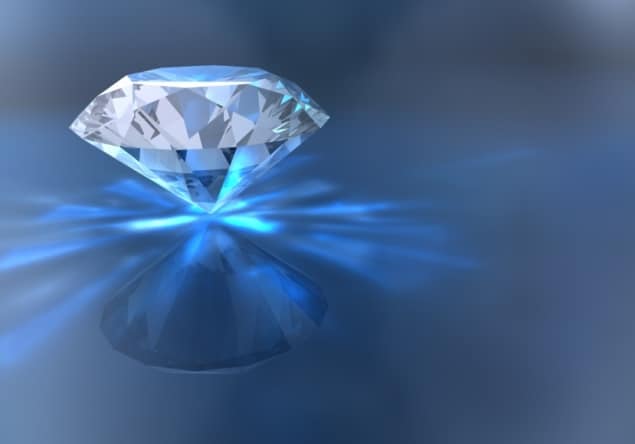
The effect of rapid rotation on a single quantum spin in a piece of diamond has been measured for the first time. Alexander Wood of the University of Melbourne and colleagues rotated the diamond at 200,000 rpm and used laser light and microwaves to measure the effect on the spin. The technique could be further developed to measure rotation on the nanoscale, say the researchers.
Diamonds contain impurities called nitrogen-vacancy (NV) centres that comprise a single electron-like spin that is very well isolated from the surrounding environment. The spin can be measured and manipulated using light and microwaves. As a result, NV centres have proven to be very useful in a wide range of applications from quantum sensors to quantum-information storage.
Spin echoes
Spin is quantized intrinsic angular momentum, and this means that an NV spin should be affected if the diamond is rotated. To study this effect, Wood and colleagues used a technique called optically detected spin-echo magnetic resonance – a technique that has been developed to detect and image small numbers of electron or nuclear spins in samples.
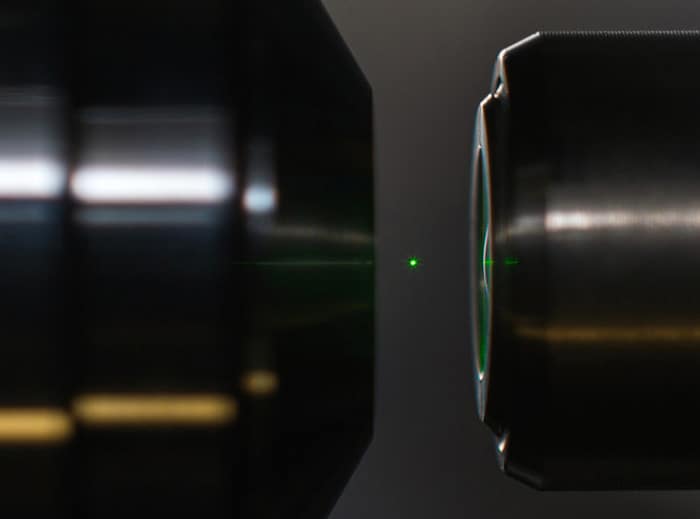
Levitating diamonds could improve motion sensors
In the experiment, a piece of diamond is mounted onto a rotating cylinder and a magnetic field is applied along the axis of rotation of the spin. The measurement technique involves first putting the NV spin into a lower energy state by firing a laser pulse at the diamond. Then the diamond is subjected to a series of microwave pulses, which rotate the direction of the NV spin. Finally, the energy state of the NV spin is read-out by observing the fluorescent light that it emits.
The team found that the probability that the NV spin ended-up in a higher-energy state depended upon the angle between the diamond’s axis of rotation and the polarization of the applied microwave signal. This is just as predicted by theory and the team say that the technique could be developed as a way of “probing rapid rotation and motion on quantum-relevant timescales”. Potential applications include sensitive torque detectors and studies of the fundamentals of quantum mechanics.
The research is described in Physical Review Letters.
- SEO Powered Content & PR Distribution. Get Amplified Today.
- PlatoData.Network Vertical Generative Ai. Empower Yourself. Access Here.
- PlatoAiStream. Web3 Intelligence. Knowledge Amplified. Access Here.
- PlatoESG. Automotive / EVs, Carbon, CleanTech, Energy, Environment, Solar, Waste Management. Access Here.
- BlockOffsets. Modernizing Environmental Offset Ownership. Access Here.
- Source: https://physicsworld.com/a/how-to-measure-a-single-quantum-spin-in-a-rapidly-rotating-diamond/
- :has
- :is
- 200
- 90
- a
- along
- an
- and
- Angular
- applications
- applied
- around
- AS
- At
- Axis
- BE
- been
- between
- by
- called
- CAN
- centres
- colleagues
- could
- described
- detected
- developed
- Diamond
- direction
- effect
- embedded
- energy
- Environment
- experiment
- field
- Finally
- firing
- First
- first time
- For
- found
- from
- Fundamentals
- further
- Have
- How
- How To
- HTTPS
- if
- image
- improve
- in
- include
- information
- into
- intrinsic
- isolated
- issue
- IT
- jpg
- just
- laser
- light
- lower
- Magnetic field
- manipulated
- max-width
- means
- measure
- measured
- measurement
- mechanics
- Melbourne
- Momentum
- motion
- nuclear
- numbers
- NV
- of
- on
- or
- Physics
- Physics World
- piece
- plato
- Plato Data Intelligence
- PlatoData
- potential
- predicted
- probability
- proven
- pulse
- Putting
- Quantum
- Quantum Mechanics
- Quantum sensors
- range
- rapid
- rapidly
- research
- researchers
- resonance
- result
- review
- say
- sensitive
- sensors
- Series
- should
- Signal
- single
- small
- Spin
- spins
- State
- storage
- studies
- Study
- Surrounding
- team
- that
- The
- then
- theory
- this
- thumbnail
- time
- to
- true
- university
- upon
- used
- using
- very
- Way..
- WELL
- which
- wide
- Wide range
- wood
- world
- zephyrnet

